#Nefertiti Bust
Explore tagged Tumblr posts
Text


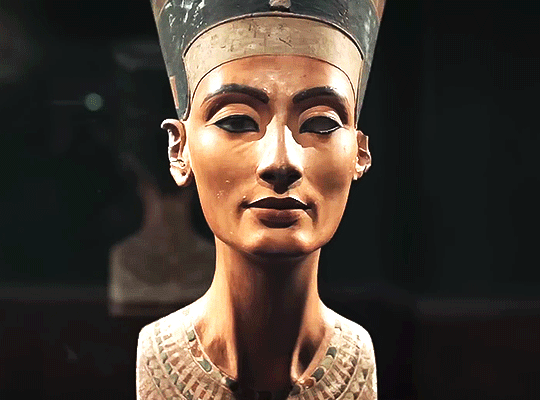
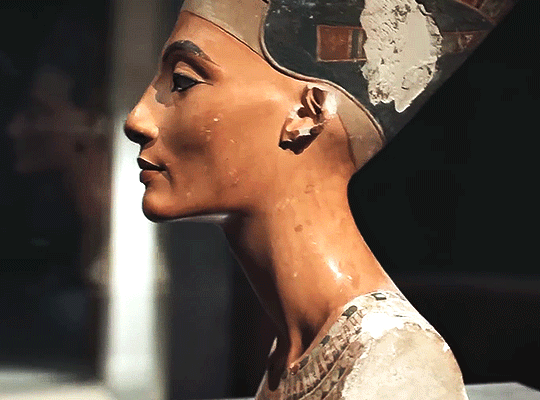
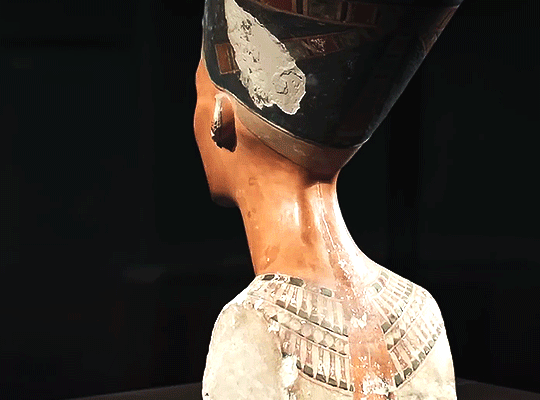
nefertiti: who does she belong to?
#nefertiti#queen nefertiti#nefertiti bust#neferneferuaten nefertiti#18th dynasty#ancient egypt#neues museum#akhenaten#echnaton#amarna#stolen artifacts#documentary#arte tv#gifs#berlin germany#egypt#egyptology
514 notes
·
View notes
Text
Favorite Sculpture 2
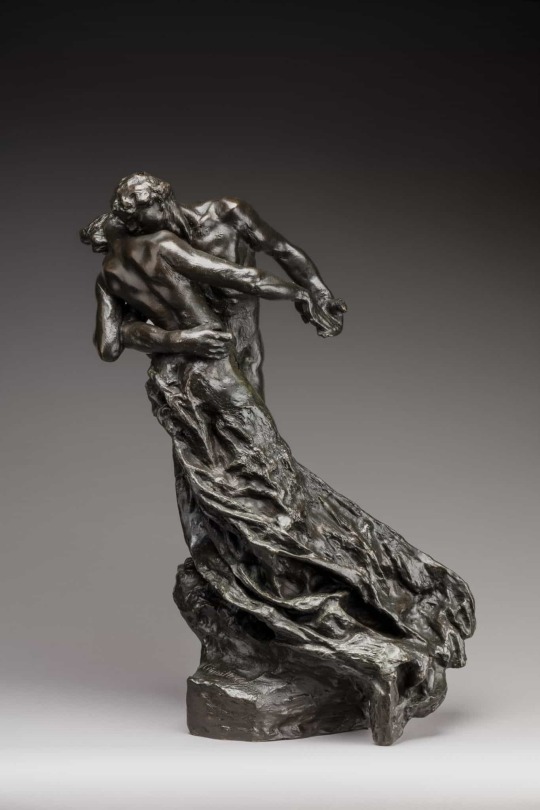
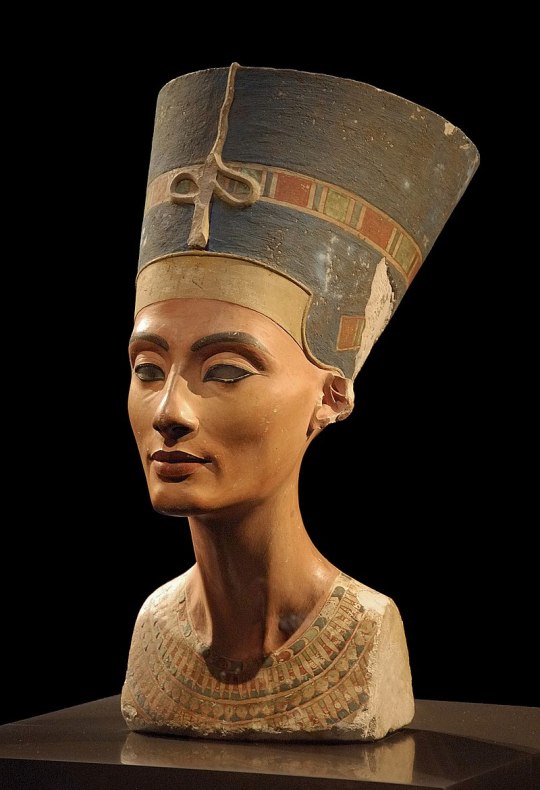

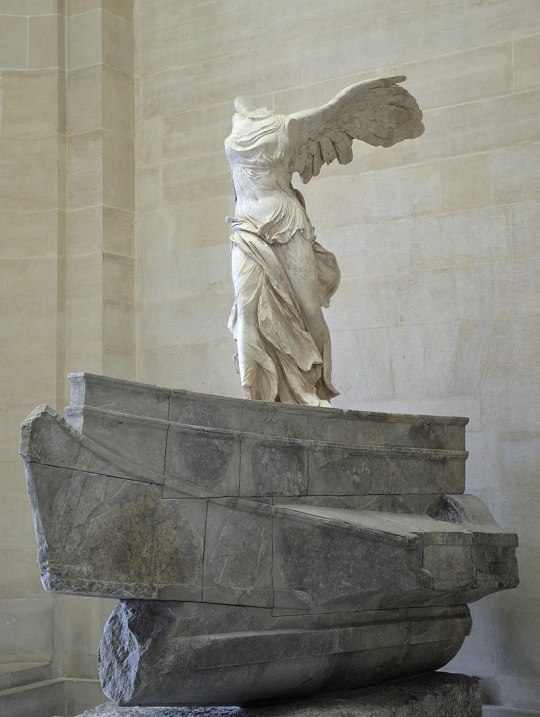
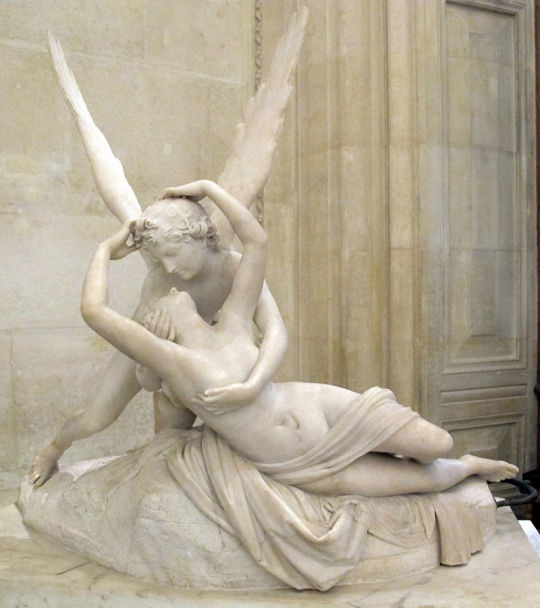
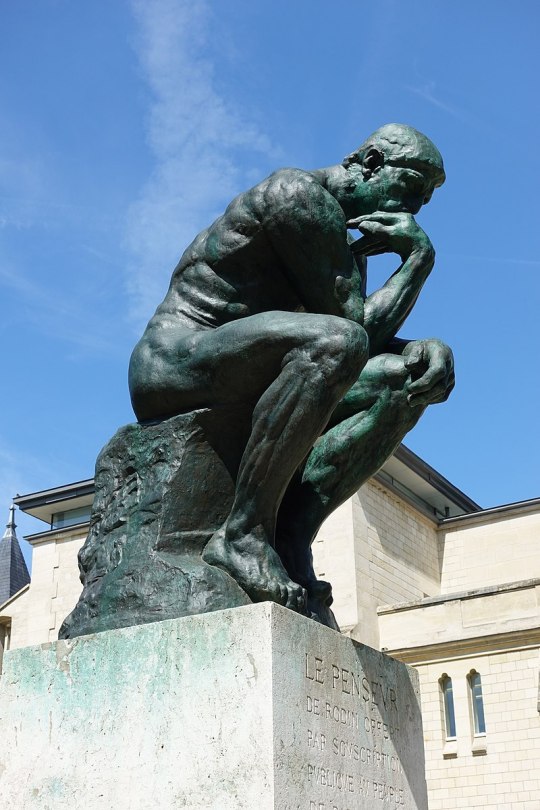
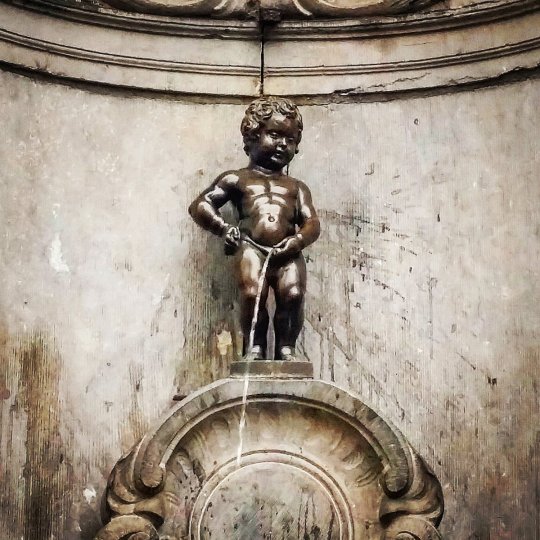


#polls#art#sculpture#david michelangelo#david#venus of willendorf#mannekenpis#jerome duquesnoy the elder#the thinker#auguste rodin#psyche revived by cupid's kiss#antonio canova#nike of samothrace#winged victory of samothrace#venus de milo#alexandros of antioch#nefertiti bust#thutmose#the waltz#camille claudel
80 notes
·
View notes
Text
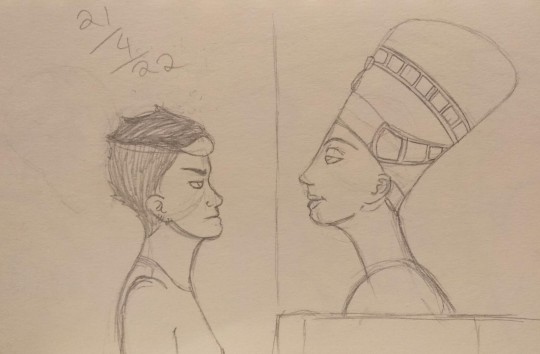
An old nemesis.
Drawn 21/04/22
#nefertiti#nefertiti bust#grudge#original character#sketch#pencil sketch#pencil drawing#sketchbook#artist on Tumblr
2 notes
·
View notes
Text

ღ Nefertiti bust I found while antiquing ღ
4 notes
·
View notes
Text
my girlfriend and i are the autism4audhd couple where she told me every little detail about every artefact from ancient egypt at the museum yesterday and in turn i got to yap about cephalopods and stingrays at the aquarium today
#i also got a manta ray plush#his name is Jochen#Jochen der Rochen for my german speakers#and my girlfriend's still so hyped about seeing the nefertiti bust#we come to Berlin once a year bc every museum or attraction matches one of our special interests or hyperfixations#parts of this vacation may have sucked bc of the broken foot but today was the best day#cloud rambles
4 notes
·
View notes
Text
johnny cage in mk1 when he's attacked by scorpion subzero and kenshi

johnny cage when his house in la and all his expensive stuff is completely destroyed by scorpion subzero liu kang and kenshi and it was on a loan because he's broke and he is trying to explain to home insurance why they should cover it

#bruh i was watching some fighting gameplay and his house is so nice... so many artstuff there.... his poor house....#was smoke there i don't remember#mk1#mortala kombat#johnny cage#bruh his nefertiti bust
18 notes
·
View notes
Text



The true face of Nefertiti a reconstruction based on her AUTHENTIC busts that all have consistency in their features unlike the strange famous bust which is believed to be a 20th century fraud.
This bust can be found in the Nuese museum.
The reconstruction is don't by the talented Bas uterjwick, and edited by yours truly.
The features are consistent with the artworks. However, the complexion of a person depicted will always be to the discretion of the artist. I have provided a few options. Personally, I already see the color used on the bust. I trust the ancient artist.
#nefertiti bust at nuese#nefertiti#egyptian#egypt#egyptphotography#african history#africa#kemet#egyptology#egyptian queen#bust#love egypt#egyptshots#ancient egypt#egypt tours#prince of egypt
4 notes
·
View notes
Text
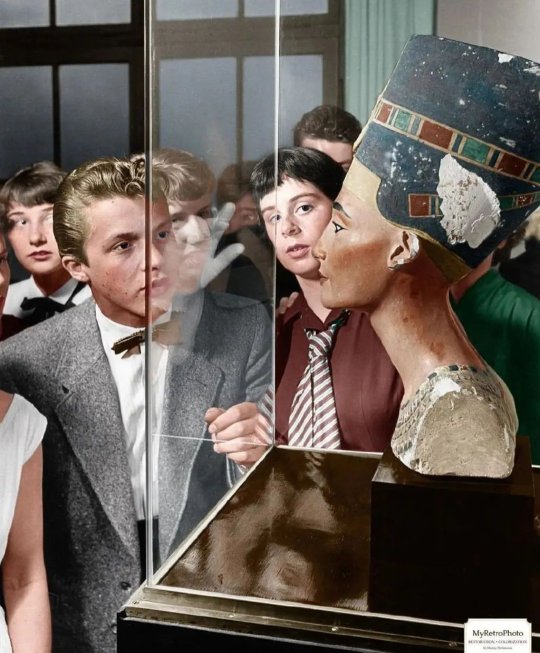
Students exploring the Bust of Nefertiti (1345 BC), exhibited in Neues Museum, Berlin, Germany (via Archaeo - Histories).
3 notes
·
View notes
Photo
Bust of Queen Nefertiti, circa 1340 BCE. Painted limestone. Found at Tell el-Amarna, now in the New Museum in Berlin.

Busto in pietra calcarea dipinta di Nefertiti, ca 1340n a.C., ritrovato ad Tell el-Amarna e oggi conservato al Neues Museum di Berlino.
184 notes
·
View notes
Text
Berlin: Neues Museum
The Neues or New Museum is four stories and contains Egyptian artifacts on the first couple of floors. The 3rd and 4th floors are dedicated to Germanic history. From pre-history to a bit more modern. The gem of this museum is the bust of Nefertiti. The bust may be down an eye but it feels as if she is watching. There is clear quartz over the remaining eye, the light glinting off it gives a…

View On WordPress
#Berlin#Bust of Nefertiti#Europe#Germany#Museum of Prehistory#Neues Museum#Pergamonmuseum#Travel Blogger#Travel Writing
0 notes
Text
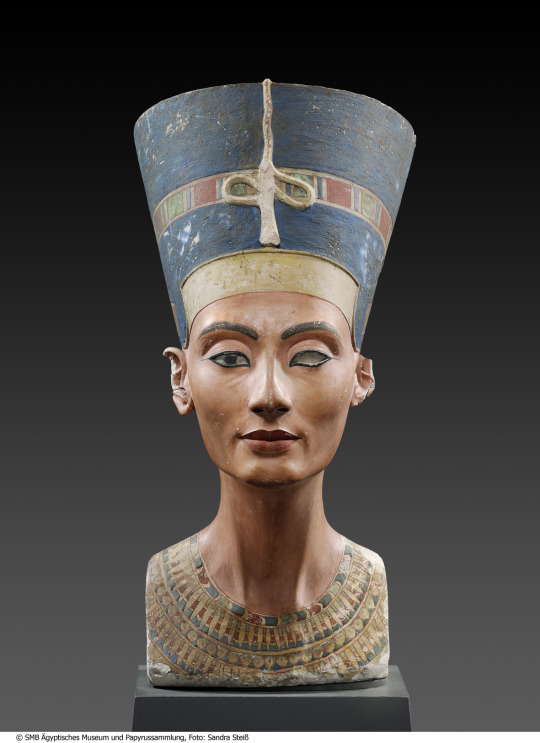
~ Bust of Queen Nefertiti.
Period: 18th Dynasty, New Kingdom; reign of Amenhotep IV/Akhenaten
Medium: Limestone, painted; stucco; beeswax, black; rock crystal.
#ancient#ancient art#history#museum#archeology#ancient egypt#ancient sculpture#ancient history#archaeology#egypt#egyptian#egyptology#Nefertiti#new kingdom#18th Dynasty#Amenhotep IV#Akhenaten
1K notes
·
View notes
Text
youtube
0 notes
Text
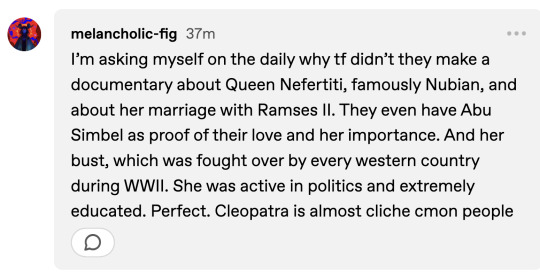
@melancholic-fig
Hi! Small correction (and using your comment to talk a little bit more about both women because I genuinely like them both very much!)
Queen Nefertiti (of the bust you're mentioning, currently in Berlin very controversially) was not the Queen married to Ramses II and depicted in the temples at Abu Simbel. Queen Nefertari is the queen that is represented in those temples. Their names are very similar and they are often confused. Unfortunately, neither Queen is thought to be of Nubian descent, but we don't often know much about Egyptian Queen's biological families, so it's entirely possible that one or both queens were ethnically Nubian, but culturally Egyptian.
Queen Nefertiti was married to Egyptian King Akhenaton, who is mostly known for turning Egyptian Religion "monotheistic" during his reign. However, it is heavily debated if Akhenaten's mother Queen Tiye was Nubian. This is mostly due to how she is represented, specially in one specific bust, during her son's reign.

(her bust is also in Berlin)
Some scholars believe that because of her features and the choice of dark wood for the bust, specially given that Akhenaten was seemingly so involved in the artistic production of his own time, prove that Queen Tiye was black and had Nubian ancestry. The opposing argument is that given that Akhenaten's chosen religion was so focused on the sun (and spending time in it) that the choice of showing her with a darker skin tone is just an emphasis of spending time in the sun. I personally fall more on the Nubian theory, but both have equally valid arguments.
One of Pharaonic Egypt's dynasty is 100% provable Nubian however and that is the 25th dynasty! All the King's and Queen's from the 25th dynasty were Nubian and they ruled Egypt around 750-650BC. Even more interesting than that is the fact that 2 princesses from the Nubian dynasty served as God's Wife of Amun. This is not only the highest religious title in Egypt during this period, but meant they effectively ruled Thebes during this period. Iconographically they are given the same treatment as the King and are the first people not calling themselves King of Egypt to do so.
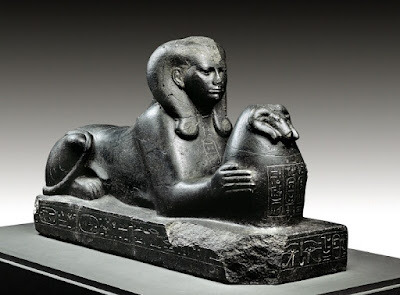
(spinx of Shepenupet II one of the Nubian God's Wives of Amun, also in Berlin)
(Also Cleo is not even ethnically Egyptian, much less black and I'm still mad about that doc being made <3 <3)
I literally just have one thing to say as an Egyptology student about the Jada Picket Smith Cleopatra “documentary”
This is a statue of a fully ethnically Egyptian priest, named Ka-aper, from around 2400BCE (aka over 2300 years before Cleopatra was even born)
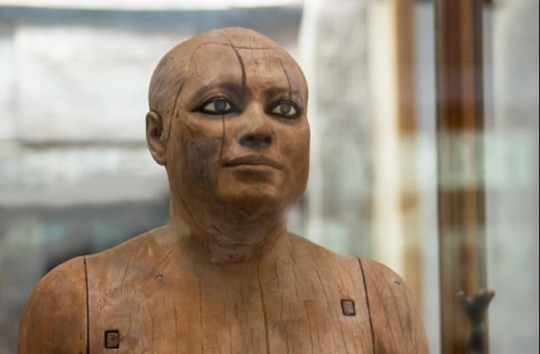
When he was found the people in the town named him Sheik Balal. Because he looked so much like their local governor.
Modern Egyptians and Ancient Egyptians are the same people - you’re just Islamophobic.
Egyptian People are not “invaders” of their own country. Saying that Cleopatra was “before the arab invasion” is Islamophobic. Perpetuating the idea that modern Egyptians “took over” their own country and it’s history is ISLAMOPHOBIC
#jo does egyptology#anyways the reason the nefertiti bust shouldn't be in berlin is because they fully lied to egyptian authorities in order#to get it out of the country
41 notes
·
View notes
Text

Torso of Queen Nefertiti
The torso is notable for its artistry and historical significance, showcasing the skilled craftsmanship of the Amarna period. Nefertiti, the wife of Pharaoh Akhenaten, is a significant figure in ancient Egyptian history, known for her beauty and for her role during a transformative period in Egyptian religion and art.
Nefertiti is often celebrated for her iconic bust, but this torso adds to our understanding of her representation in ancient art.
From Tell el-Amarna. Now in the Louvre. E 25409
Read more
532 notes
·
View notes
Text
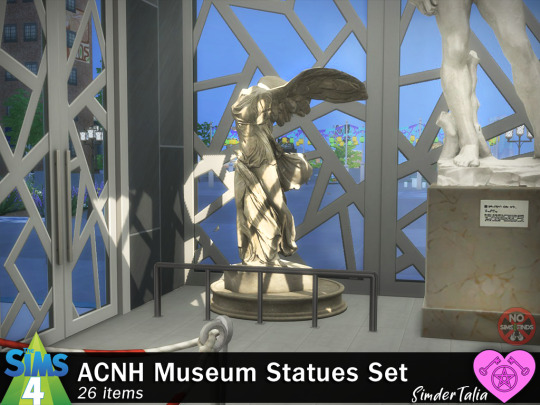
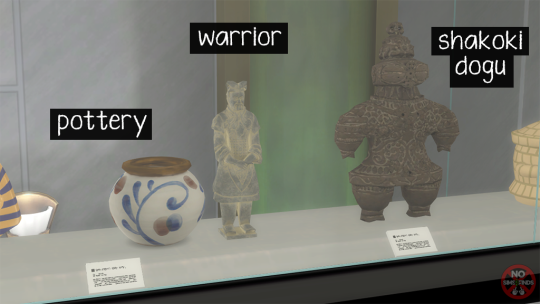
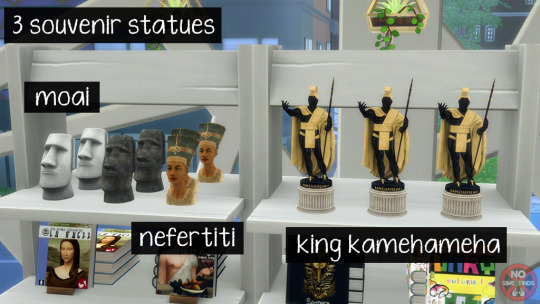
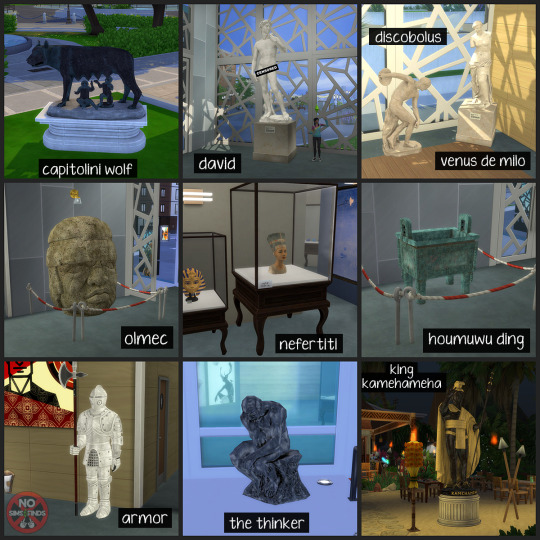



🏛️🏺 ACNH Museum Statues Set 🏺🏛️
Sims 4, base game compatible. 26 items. I hope you enjoy! This set is brought to you by the lovely patrons who voted 💗
Always suggested: bb.objects ON, it makes placing items much easier. For further placement tweaking, check out the TOOL mod.
Set Contains: -Armor | 4 swatches | 1202 poly -Capitolini Wolf | 1 swatch | 2259 poly -David | 1 swatch | 4704 poly -David Pedestal | 5 swatches | 104 poly -Discobolus | 2 swatches | 1238 poly -Houmuwu Ding | 1 swatch | 2226 poly -King Kamehameha | 1 swatch | 2410 poly -King Kamehameha Souvenir | 1 swatch | 2410 poly -Moai | 2 swatches | 3064 poly -Moai Souvenir | 4 swatches | 3064 poly -Mossy Guy | 6 swatches | 1200 poly -Nefertiti | 2 swatches | 972 poly -Nefertiti Souvenir | 2 swatches | 972 poly -Nike | 1 swatch | 3019 poly -Olmec | 2 swatches | 3498 poly -Pottery | 5 swatches | 802 poly -Shakoki Dogu | 1 swatch | 1076 poly -The Thinker | 2 swatches | 1144 poly -Venus de Milo | 3 swatches | 1138 poly -Wall Mask: Elder | 1 swatch | 1206 poly -Wall Mask: Fox | 2 swatches | 1216 poly -Wall Mask: Noh (woman's face) | 1 swatch | 1212 poly -Wall Mask: Ogre | 3 swatches | 1208 poly -Wall mask: Kokame (woman's face) | 1 swatch | 1212 poly -Wall Mask: Venetian | 6 swatches | 1602 poly -Warrior | 1 swatch | 1004 poly
Type “acnh museum statues" into the search query in build mode to find quickly. You can always find items like this, just begin typing the title and it will appear.
As always, please let me know if you have any issues!
📁 Download all or pick & choose (SFS, No Ads): HERE
📁 Alt Mega Download (still no ads): HERE
📁 Download on Patreon
Will be public on May 9th, 2024 💗
Happy Simming! ✨ Some of my sets are early access. If you like my work, please consider supporting me:
★ Patreon 🎉 ❤️ |★ Ko-Fi ☕️ ❤️ ★ Instagram📷
Thank you for reblogging ❤️ ❤️ ❤️
@sssvitlanz @maxismatchccworld @mmoutfitters @coffee-cc-finds @itsjessicaccfinds @gamommypeach @stargazer-sims-finds @khelga68 @suricringe @vaporwavesims @mystictrance15 @moonglitchccfinds @xlost-in-wonderlandx @jbthedisabledvet
-King Tut Bust-Bastet Statue -Museum Displays -More Museum Displays & Partitions -Rope Partition -Fossil Museum Sets (scroll page, sets contain other museum items) -Mini Statues Set
The rest of my CC
Please do also check out the 2 sets/collab from @aroundthesims & @mlyssimblr for the museum exhibit (lots of gift shop items):
⭐️https://sims4.aroundthesims3.com/objects/room_community_21.shtml
⭐️https://mlyssimblr.tumblr.com/post/153354021958/ats4-mlys-exhibition-set
280 notes
·
View notes
Text
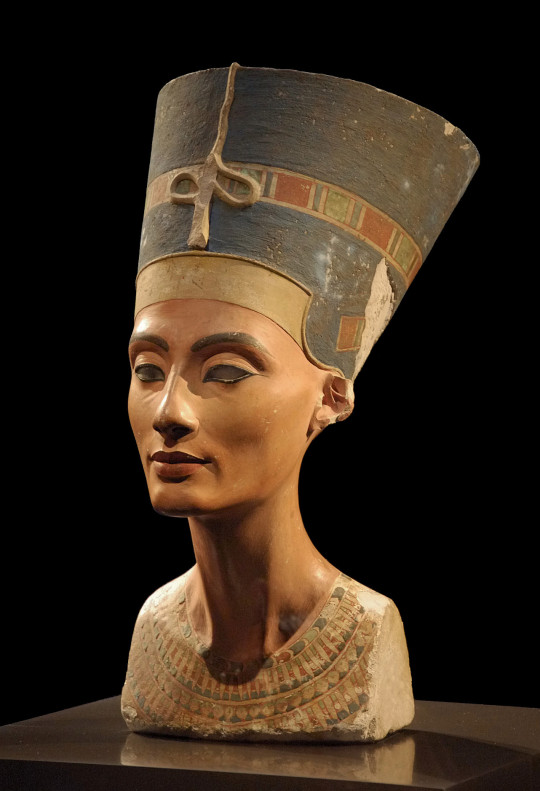
Nefertiti Bust (1345 BC)
#archaeology#archaeologists#egypt#egyptology#egyptologist#anthropology#artifact#artifacts#art history#1300s BC#statue#bust
786 notes
·
View notes